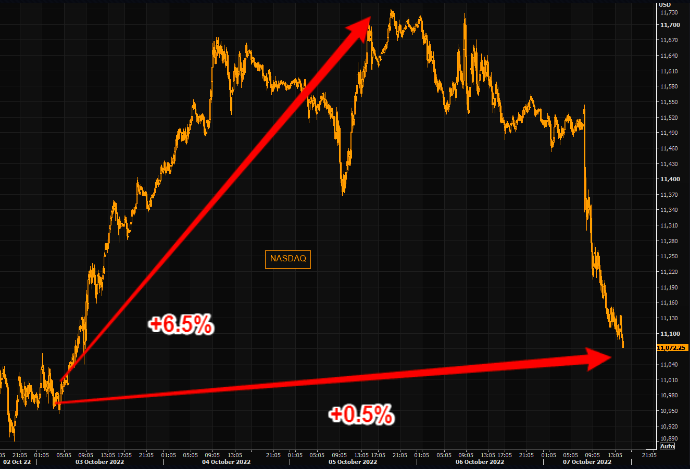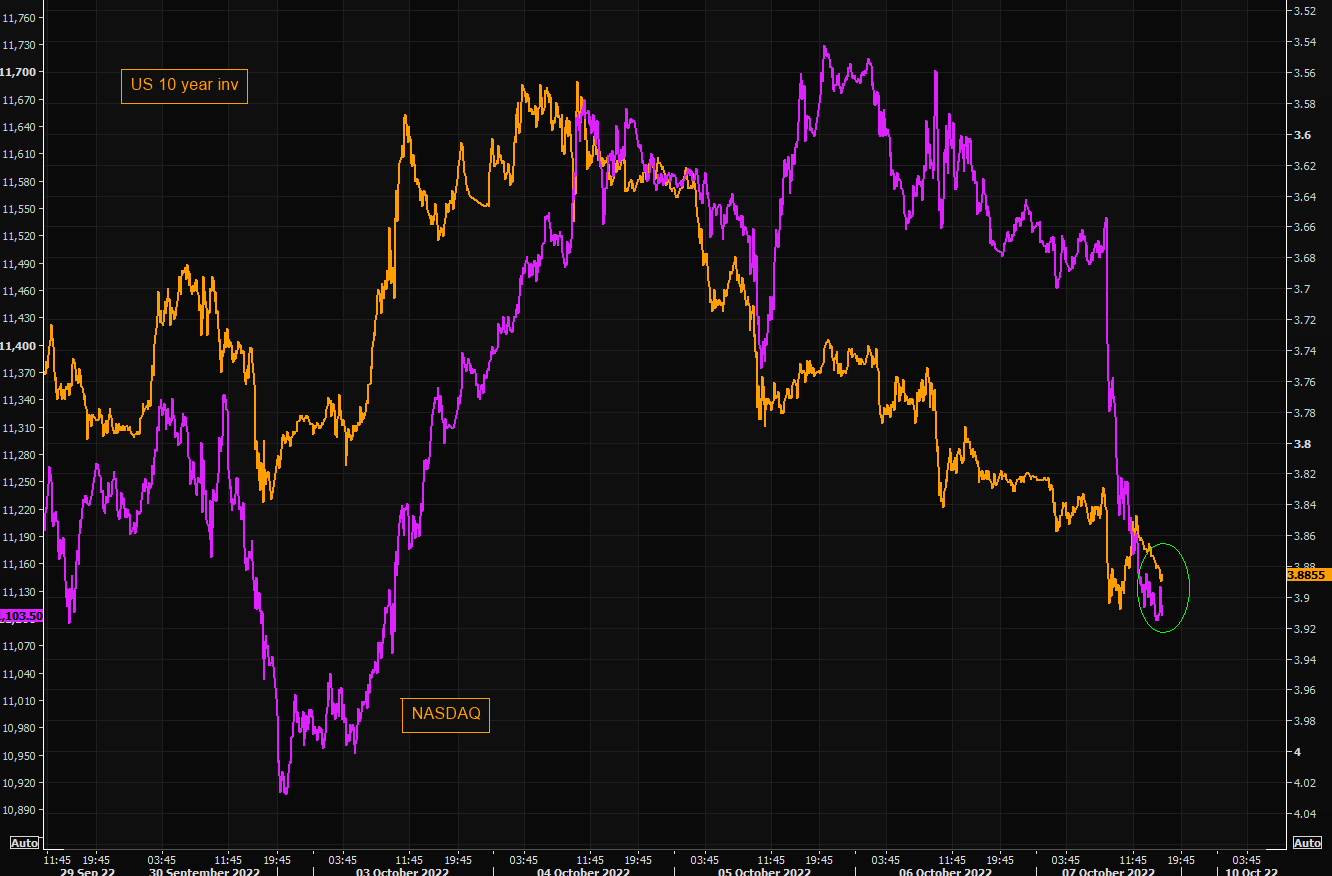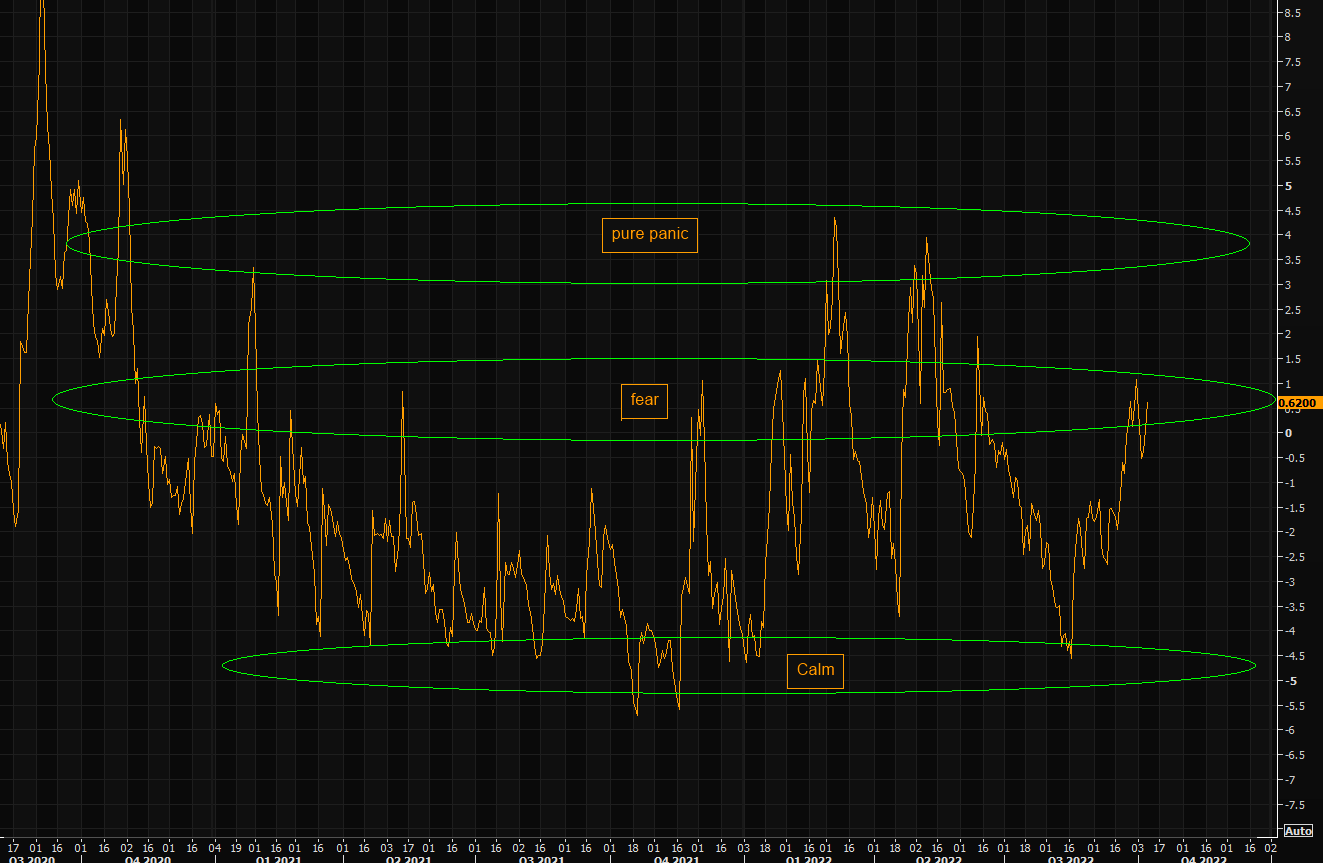Summary – A top-down review of interesting calls and comments made last week in Treasuries, monetary policy, economics, stocks, bonds & commodities. TAC is our acronym for Tweets, Articles, & Clips – our basic inputs for this article.
Editor’s Note: In this series of articles, we include important or interesting Tweets, Articles, Video Clips with our comments. This is an article that expresses our personal opinions about comments made on Television, Tweeter, and in Print. It is NOT intended to provide any investment advice of any type whatsoever. No one should base any investing decisions or conclusions based on anything written in or inferred from this article. Macro Viewpoints & its affiliates expressly disclaim all liability in respect to actions taken based on any or all of the information in this article. Investing is a serious matter and all investment decisions should only be taken after a detailed discussion with your investment advisor and should be subject to your objectives, suitability requirements and risk tolerance.
1.Enter the week, Exit the week!
On Monday, October 3, Jonathan Ferro opened his Bloomberg Open show by quoting Jim Bianco – “Last weel was about high volatility, poor liquidity & financial stress” and asking Priya Misra of TD Securities to comment. Ms. Misra said:
- “what we are dealing with is a global economy that is headed into a recession & the central bank community saying we’re focused on inflation – that’s public enemy number one. And so their ability to respond is much lower … I would say cash is the only asset that has sort of made sense. I don’t think stress goes away because the US data is still strong … I just think we have to get used to high volatility; high levels of financial stress & keep liquidity levels high … “
At this point, her co-guest Peter Tchir said bluntly:
- “Treasury market liquidity is nothing short of awful … markets just can’t stand this level of Treasury market volatility …”
Ferro then asked Priya Misra about the long Treasury bond and she replied:
- “in the US, I think, the long bond is going to become the risk assets hedge. … In our view, this is going to be a recession next year, a longer recession than what most people think, a deeper recession than what most people think. So I think at that point, the long bond will start to price in cuts … I would argue the Fed will need to get into accommodative territory in 2024-25. But the long bond is a 30-year view. I think those rates will decline but we really need to see the data crack. And so far, the US economy is still on fire ..”
And what did Peter Tchir say?
- “Ultimately we don’t see the low in equities until we see a big risk off move once people start pricing a recession. … I think recession, sooner, deeper & we end all this equity downside with a big risk off move. In the meantime, we can get one relief rally … “
Mr. Tchir said that before the stock market opened on Monday. An hour later, the stock market began rallying hard once ISM numbers came in softer at 10:00 am. Two great days of a nearly 6% rally and then a move lower that accelerated into Friday’s close:
- Via The Market Ear – NASDAQ – what a week... …or what a boring week? We were +6.5% at one stage and look to be closing the week flat basically. Max pain market continues.
Is there something here about interest rates?
- Via The Market Ear – and it’s closed .. NASDAQ vs US 10 year short term dislocation closed as tech decided catching up to the rates connection...
That brings us to the Friday that ended this past week, specifically to what Priya Misra said on Bloomberg Surveillance on Friday morning before the Non Farm Payrolls report (minute 50:51):
- ” .. another strong report is going to keep the Fed very much on their mission; that they are going to continue to raise rates; I think the front-end is pretty fairly priced; … I think what has happened is as the markets reprice the front-end, it’s also taken long end rates higher .. and that’s what I struggle with …”
So what about the 10-year? Misra said:
- “I think 10-yr feels unsustainable at 4%; … the long end is going to rally because we are going to see growth slowing & we are going to raise rates … where they are tone deaf is the tightening in financial conditions & the slowing in the economy; … In fact, I am going to argue they are going to be late. They are going to want the data to tell them to start to cut & the data is going slow down slowly because a lot of the data they are looking at, CPI, labor markets are lagging indicators. So by the time they slow down, we will be well into a recession … “
At the end of the six minute discussion, she was asked about the market reaction with a 100K NFP number vs. a 400K number?
- “For equities it is negative in either scenario – you have a hawkish Fed or a slowing economy …”
That actually was the story of the week. During the rally on Monday-Tuesday, slower data was bullish. But then the data turned stronger, rates went higher AND dominant US companies reported dismal revenues, earnings & outlooks. How did the stock market do?
- Dow down 630 points (after down 783 points in the afternoon), SPX down 105, NDX down 446 & DJT down 361 while TLT down 97 bps. The King of the World, U.S. Dollar, up 50 bps. VIX joined in with up 2.85% move to above 31.
Is the move from down 783 to close down only 630 a positive signal or did the smart guys notice something negative?
- Via The Market Ear – Not your normal Friday VIX – VIX 2/8 months spread is moving sharply higher and is back in fear territory. This is not how VIX is supposed to trade on a Friday. Will something break over the weekend?
2. British export – A la Bear Stearns or potentially Lehman-like?
Last weekend, the near bond market accident in Britain was the news. After all, it forced the Bank of England to make an about turn from QT to QE to stabilize markets. That incident did lead to a violent stock rally early this week.
But possibly that explosive rally & the talk of Fed insiders worried about a financial accident actually resulted in a stiffening of the hawkish resolve at the Fed. Frankly, their franchise risk is that they respond prematurely to such events & end up making inflation more systemic & longer lasting. That franchise risk Powell & Company will absolutely not take. So like Augustus of Rome and the Grand Duke of Tuscany, their motto seems to be festina lente*, loosely cited as make haste slowly.
That reminds us of the Bear Stearns scare in the 2007-2008 crisis. That scare actually prompted Bill Gross & El Erian (then at PIMCO) to recommend buying bonds of Wall Street firms until that blew up in the Lehmann disaster. That Fed also dismissed other smaller incidents. Is that being repeated by the Powell Fed now? At least the pre-Lehman 2007-2008 Treasury bond decline was nowhere as awful as the 2022 crash so far in long Treasury Bonds.
Is there anything that will move the Fed to intervene or at least stop the QT? Yes, a problem at a US financial institution or a breakdown in the Corporate Bond Market. Apart from that, the festina lente attitude will transform into a frantic move to cut rates once the labor market finally nosedives.
*Frankly, we first heard of the festina lente phrase from Alistair MacLean’s The Way to Dusty Death, a book that we recommend to simple folks with simple minds. The Augustus & Medici references are from Wikipedia.
3. A modern myth of significant markets importance?
China has been extremely important for US investors since their entry into WTO in 2002. Below is an interesting clip that suggests China is now at a point of no return:
Send your feedback to [email protected] Or @MacroViewpoints on Twitter


